Thai Sampangi
₹299
The Thai Sampangi, scientifically known as Magnolia champaca, is a captivating tropical evergreen tree renowned for its exquisite fragrance. Native to Southeast Asia, this enchanting plant is highly prized for its stunning yellow or white flowers that emit a mesmerizing aroma, often described as a blend of jasmine and sweet orange.
74 people are viewing this product right now
🔥 10 items sold in last 3 hours
The Thai Sampangi, scientifically known as Magnolia champaca, is a captivating tropical evergreen tree renowned for its exquisite fragrance. Native to Southeast Asia, this enchanting plant is highly prized for its stunning yellow or white flowers that emit a mesmerizing aroma, often described as a blend of jasmine and sweet orange.
Key Features & Benefits
- Stunning Fragrant Blooms: The Thai Sampangi produces beautiful, fragrant flowers that are highly valued in aromatherapy and perfumery.
- Ornamental Beauty: This tree adds a touch of elegance and grace to any landscape with its lush green foliage and captivating blooms.
- Aromatic Landscaping: Plant Thai Sampangi near patios, windows, or walkways to enjoy its intoxicating fragrance throughout the year.
- Cultural Significance: This tree holds significant cultural and religious importance in many Southeast Asian countries.
- Low Maintenance: Once established, the Thai Sampangi is relatively easy to care for, making it a rewarding addition to any garden.
Plant Care Guide
Ideal Plantation Locations
The Thai Sampangi thrives in warm, humid climates with ample sunlight. It prefers well-drained, fertile soil rich in organic matter. Suitable regions include tropical and subtropical areas with consistent rainfall.
Planting & Gardening Instructions
- Location: Choose a sunny location protected from strong winds.
- Soil Preparation: Prepare the soil by incorporating compost or well-rotted manure to improve drainage and fertility.
- Planting: Plant the Thai Sampangi at the same depth as it was growing in the pot.
- Spacing: Allow sufficient space between trees, considering their mature size.
Watering
Water the Thai Sampangi regularly, especially during dry periods. Ensure the soil remains consistently moist but not waterlogged.
Fertilizers
Fertilize the tree during the growing season (spring and summer) with a balanced slow-release fertilizer.
Repotting Instructions
Repot young Thai Sampangi trees annually into larger containers using well-draining potting mix.
Fruiting Season
Fruiting typically occurs in late spring or early summer.
Usage Ideas
- Ornamental Tree: Plant as a specimen tree in gardens, parks, and landscapes.
- Aromatic Hedges: Create fragrant hedges or screens.
- Container Plant: Grow in large containers on patios or balconies.
- Cut Flowers: Use the fragrant flowers for cut flower arrangements.
Care Tips
- Prune lightly: Prune to shape and remove any dead or crossing branches.
- Pest and Disease Control: Monitor for pests and diseases and treat promptly if necessary.
- Mulching: Apply a layer of organic mulch around the base of the tree to conserve moisture and suppress weeds.
Only logged in customers who have purchased this product may leave a review.
Related products
Designed, Developed & Maintained by Growww.
Copyright © 2024 Ashok Chakra Nursery

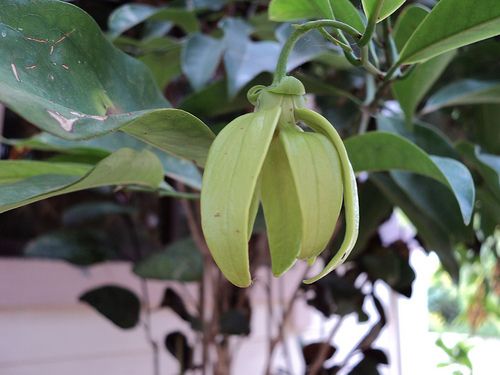
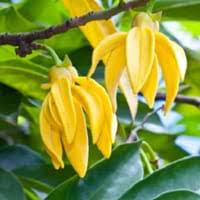
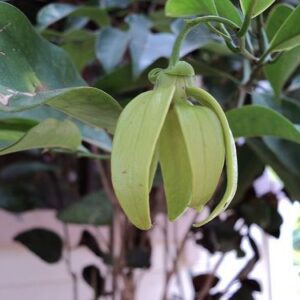
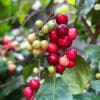
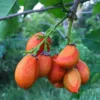
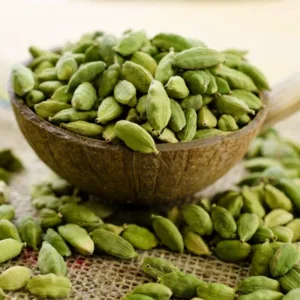
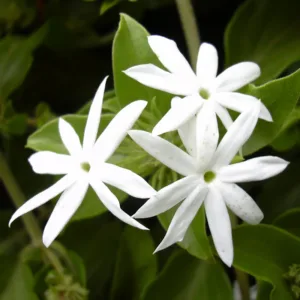
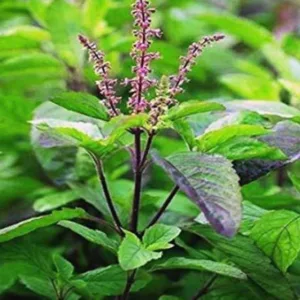
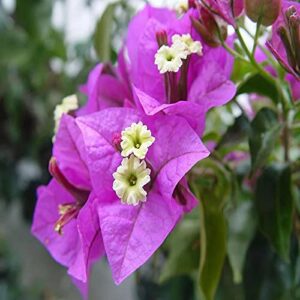
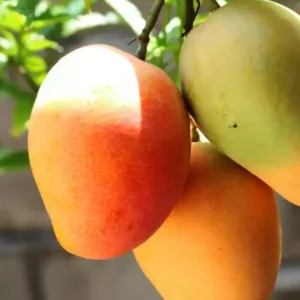
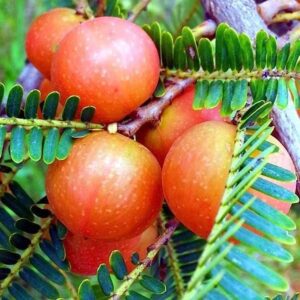
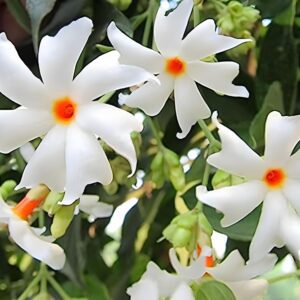
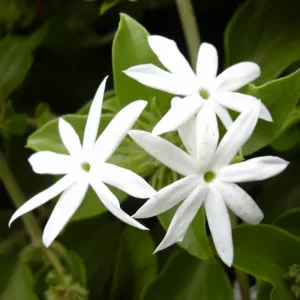
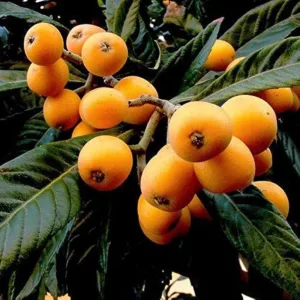
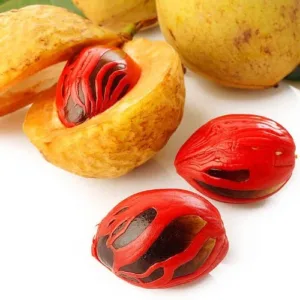
Reviews
There are no reviews yet.